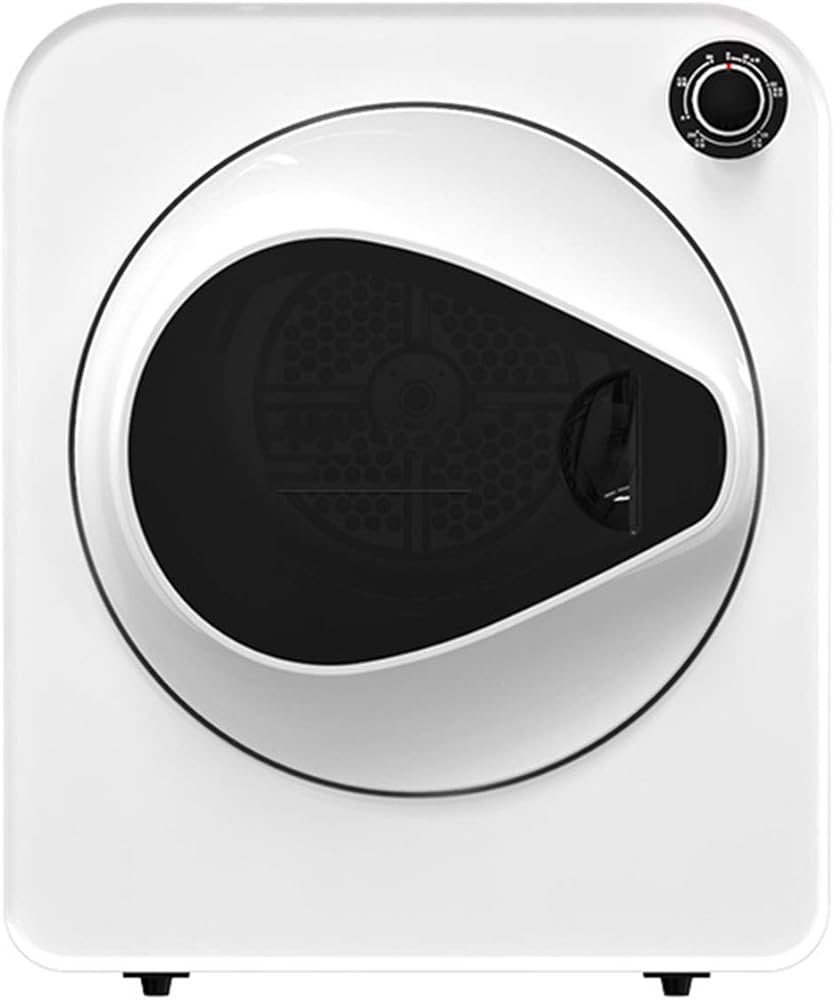Introduction:
Finding crayon stains on clothes that have already gone through the dryer can be a challenging situation, as the heat from the dryer tends to set the stains, making them harder to remove. However, with the right approach and some patience, it is possible to remove these stubborn stains. This guide provides detailed methods and steps to get crayon out of clothes that have undergone the high heat of a dryer cycle, offering specific techniques for different fabric types and stain severity.
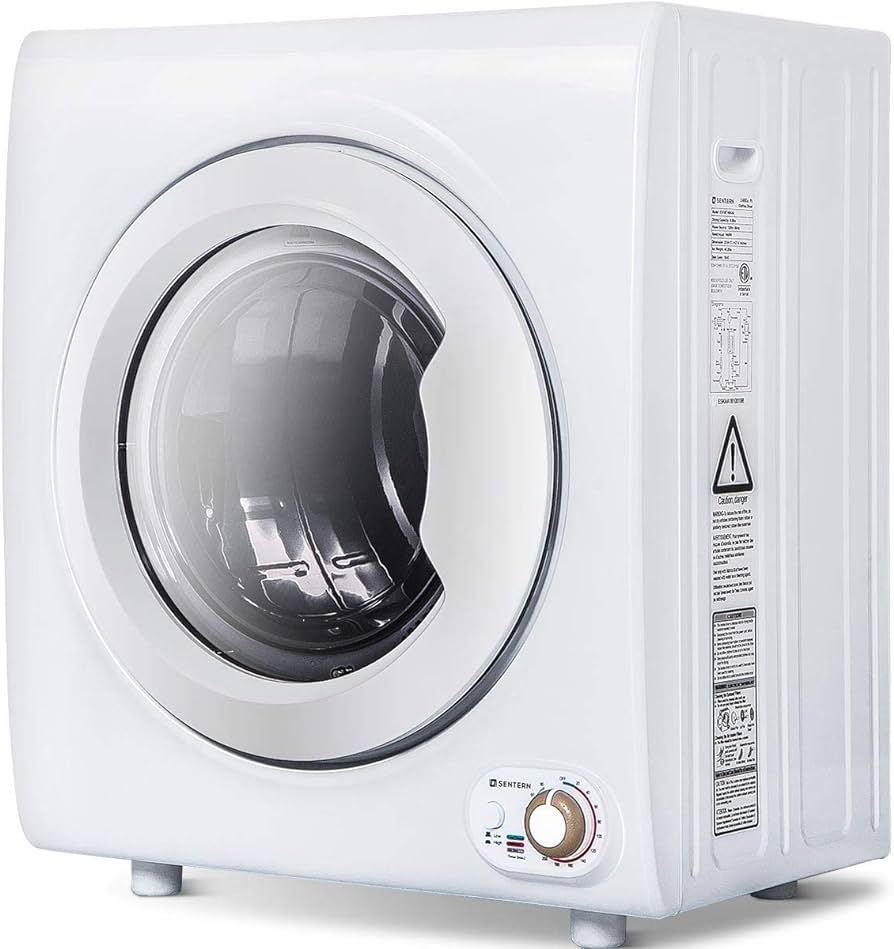
How to Remove Crayon from Clothes That Went Through the Dryer?
Identifying the Crayon Stains
The first step in addressing crayon stains on clothes is to thoroughly identify the affected areas.
Inspect the Clothes: Carefully inspect all the clothes that went through the dryer alongside the crayon. Look for waxy, colorful stains that may have blended with the fabric. Check both the inner and outer surfaces of garments.
Note the Severity: Assess the severity of the stains. Some stains might be small and concentrated, while others might have spread extensively. Knowing the extent of the staining helps in choosing the right cleaning approach.
Check Fabric Types: Identify the types of fabrics you are dealing with. Different fabrics require different treatment methods, so it’s critical to know if the garment is made of cotton, polyester, denim, or delicate materials like silk.
Separate Stained Clothes: Separate all stained clothes from the rest of your laundry to prevent further contamination and to ensure focused, effective treatment.
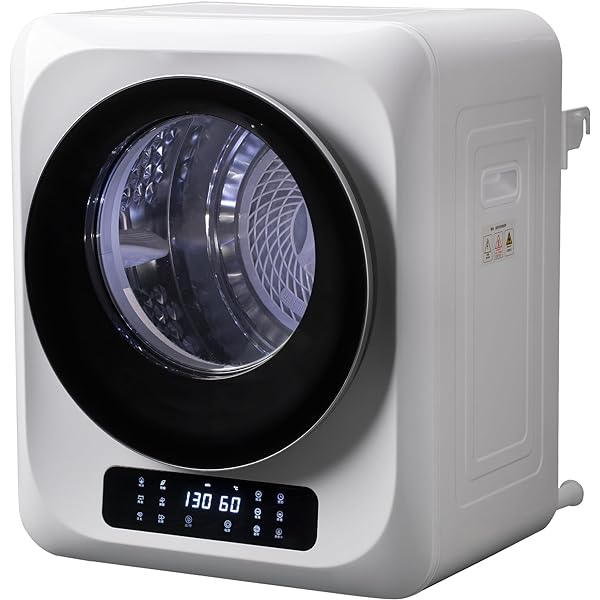
Pre-Treatment Techniques
Pre-treating crayon stains involves loosening and breaking down the waxy residue before washing. Several methods can be employed based on the tools and products available at home.
Scrape Off Excess Wax: Using a dull knife or the edge of a spoon, gently scrape off as much crayon wax as possible from the fabric. Be careful not to damage the fabric during this process.
Freeze the Stain: Place the stained clothes in a plastic bag and put them in the freezer for about 30 minutes. Once the crayon is hardened by the cold, use a blunt tool to scrape off more wax. This method is particularly effective for thicker, more solid stains.
Use a Hair Dryer: Alternatively, use a hair dryer to heat the stained area slightly, making the wax more pliable. Once the wax is softened, blot it with a paper towel or cloth, which will absorb the excess crayon. Be mindful not to overheat the fabric.
Apply Dish Soap: Apply a generous amount of liquid dish soap directly to the stain. Dish soaps that are effective at cutting through grease often work well on crayon stains. Gently rub the soap into the stain using a soft brush or your fingers and let it sit for a few minutes.
Laundry Stain Removers and Solvents
Specific laundry stain removers and household solvents can be highly effective in breaking down and removing crayon stains.
OxiClean: OxiClean is known for its powerful stain-fighting properties. Dissolve OxiClean powder in warm water according to the package instructions and soak the stained clothes for several hours or overnight. This helps to break down the stain molecules.
WD-40: Spray a small amount of WD-40 directly onto the crayon stain. Let it sit for a few minutes to allow the lubricant to penetrate the stain. Blot the area with paper towels or a cloth to absorb the crayon residue. Follow up with a dish soap application to remove the WD-40.
Rubbing Alcohol: Using a cotton ball soaked in rubbing alcohol, dab the stained area. The alcohol helps to dissolve the wax and dye in the crayon. Blot with a clean cloth and repeat the process as necessary. Be sure to test the alcohol on a hidden area of the fabric first to ensure it doesn’t cause damage.
Goo Gone: Goo Gone is designed to remove sticky, greasy stains. Apply a small amount of Goo Gone to the crayon stain and let it sit for a few minutes. Blot and gently rub the area with a cloth, then rinse thoroughly with warm water.
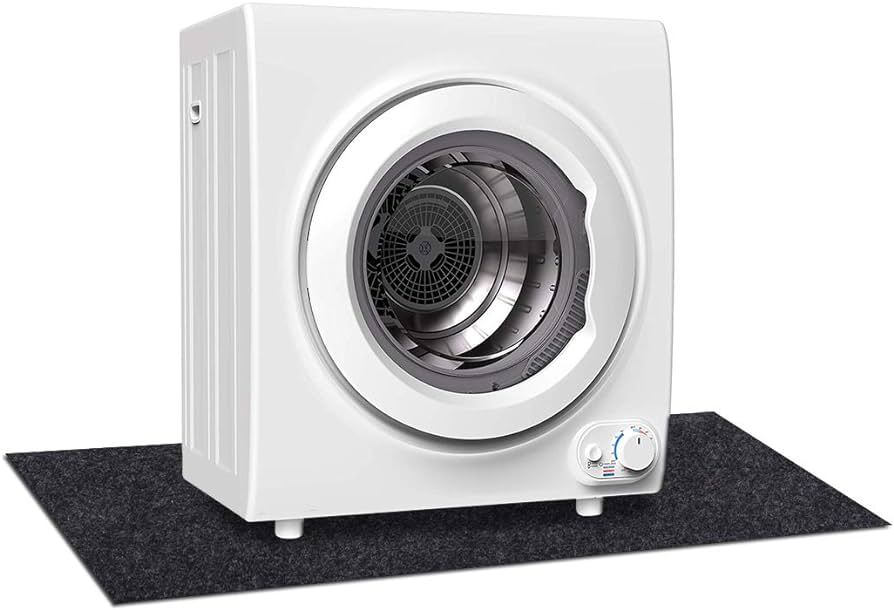
Laundry Detergent and Washing
After pre-treating the stains with various methods, it’s time to wash the clothes. Using certain types of detergent and understanding the proper washing cycle can be crucial.
Heavy-Duty Laundry Detergent: Use a heavy-duty laundry detergent that is effective against tough stains. Brands like Tide or Persil are known for their strong stain-removing properties. Apply the detergent directly to the stain and gently rub it in before washing.
Hot Water Wash: Wash the clothes in the hottest water safe for the fabric. Hot water helps to break down the wax and dissolve the detergent more effectively. Check the garment care tags to ensure you use the appropriate water temperature for each fabric.
Add Baking Soda: Adding a half-cup of baking soda to the washing machine can boost the cleaning power of the detergent. Baking soda works as a natural deodorizer and stain remover, providing additional help in removing crayon marks.
Repeat if Necessary: In cases of severe staining, you might need to repeat the washing cycle. Inspect the clothes after washing, and if traces of the crayon stain remain, reapply detergent or stain remover and wash again.
Drying Tips and Precautions
Proper drying techniques are essential to avoid setting any remaining stains and to ensure the best results.
Air Dry First: Air dry the treated clothes instead of using a dryer immediately. Heat can set any remaining residue, making the stain removal process even more difficult. Lay the clothes flat or hang them up to dry naturally.
Check for Residual Stains: Before you consider using the dryer, inspect the clothes carefully for any signs of residual crayon stains. If you see any remaining stains, repeat the cleaning steps before drying the clothes in the dryer.
Low Heat Settings: If you decide to use the dryer after confirming that stains are removed, use the lowest heat setting appropriate for the fabric. This precaution minimizes the risk of potential new stains or setting residues.
Use Dryer Sheets: Using dryer sheets can help reduce static and prevent any lint or crayon residues from sticking to other clothes.
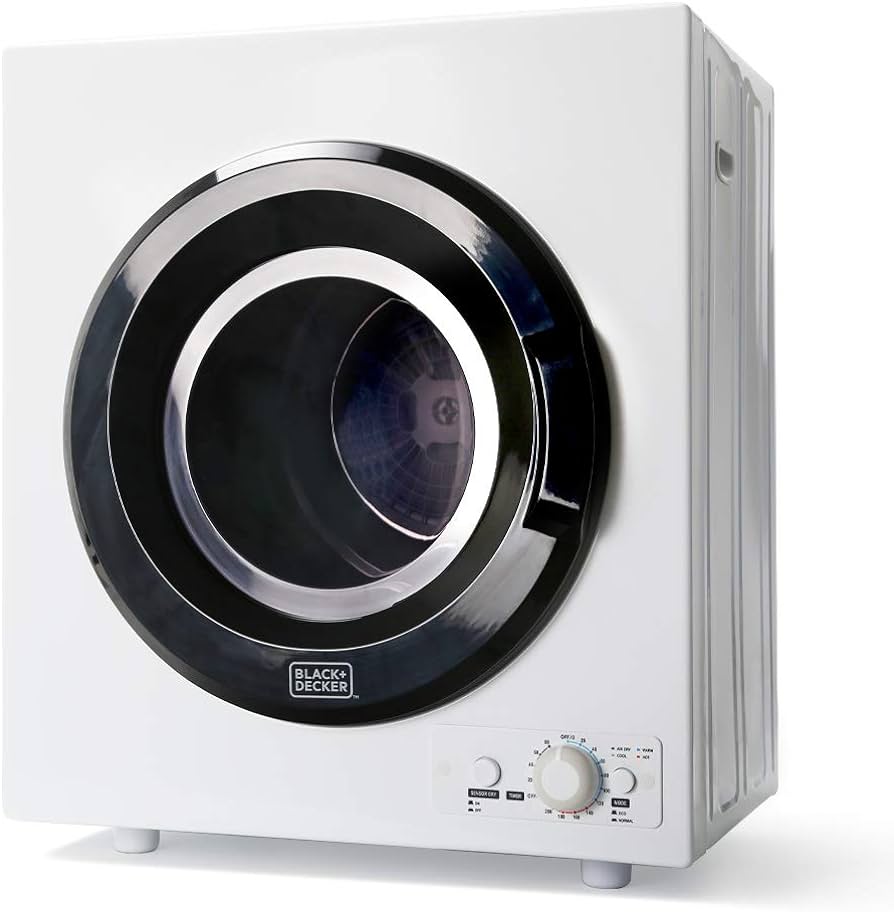
Dealing with Delicate Fabrics
Special care is required when treating delicate fabrics to avoid damage during the stain removal process.
Silk and Wool: For delicate fabrics like silk and wool, avoid harsh chemicals and excessive scrubbing. Use mild dish soap and lukewarm water to gently blot the stain. If necessary, consider professional cleaning services for these fabrics.
Spot Testing: Always perform a spot test with any cleaning agent on a hidden area of the fabric to ensure it doesn’t cause discoloration or damage.
Professional Cleaning: If the stains are extensive or the fabric is particularly delicate and valuable, professional dry cleaning might be the best option. Inform the cleaners about the crayon stains so they can use appropriate treatments.
Cleaning the Dryer Drum
After discovering crayon in the dryer, it’s crucial to clean the dryer drum to prevent further contamination.
Remove Residual Crayon: Inspect the dryer drum for any remaining crayon residue. Use a cloth or paper towels dampened with white vinegar or WD-40 to wipe off the wax. For stubborn spots, you might need to gently scrape with a plastic spatula.
Run a Damp Towel Cycle: After cleaning, run an empty cycle with a few damp towels to remove any lingering residue. This helps to catch any remaining crayon bits and ensures the drum is clean.
Check Dryer Vent: Inspect and clean the dryer vent to ensure no melted crayon pieces have clogged it. A clean vent improves dryer efficiency and safety.
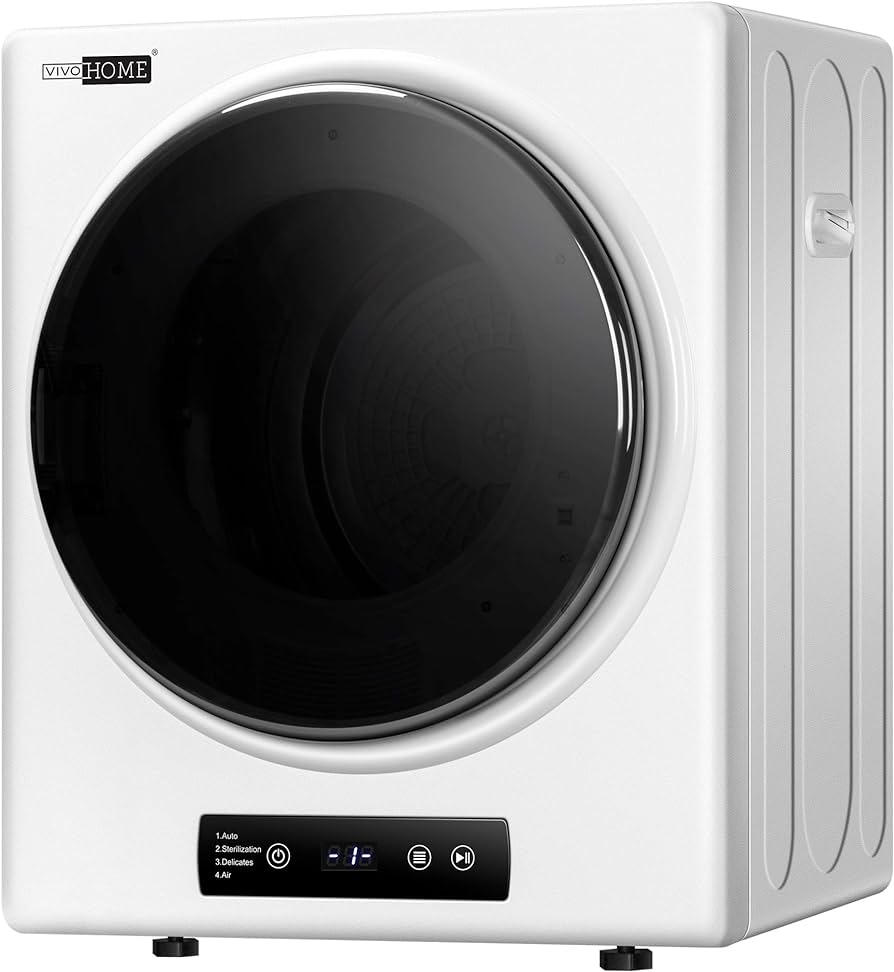
Preventive Measures for the Future
Avoiding future crayon incidents in the dryer requires a few simple preventive measures.
Inspect Pockets: Always check and empty pockets before placing clothes in the washer or dryer. This step ensures that crayons or other items don’t end up causing stains.
Use Laundry Bags: For smaller items or clothes with many pockets, consider using mesh laundry bags. These bags keep items contained and make it easier to inspect and empty pockets.
Regular Dryer Cleaning: Regularly inspecting and cleaning the dryer drum can prevent unexpected stains. Routine cleaning helps catch any residues before they transfer to your clothes.
Conclusion
Removing crayon stains from clothes that have gone through the dryer is a challenging task, but with the right techniques and a bit of patience, it is entirely manageable. Identifying the stains, pre-treating effectively, using the right cleaning agents, and following proper washing and drying methods are crucial steps in achieving the best results. Additionally, understanding how to handle delicate fabrics and taking preventive measures ensures your laundry remains crayon-free in the future. By following this comprehensive approach, you can restore your clothes and maintain them in excellent condition.
